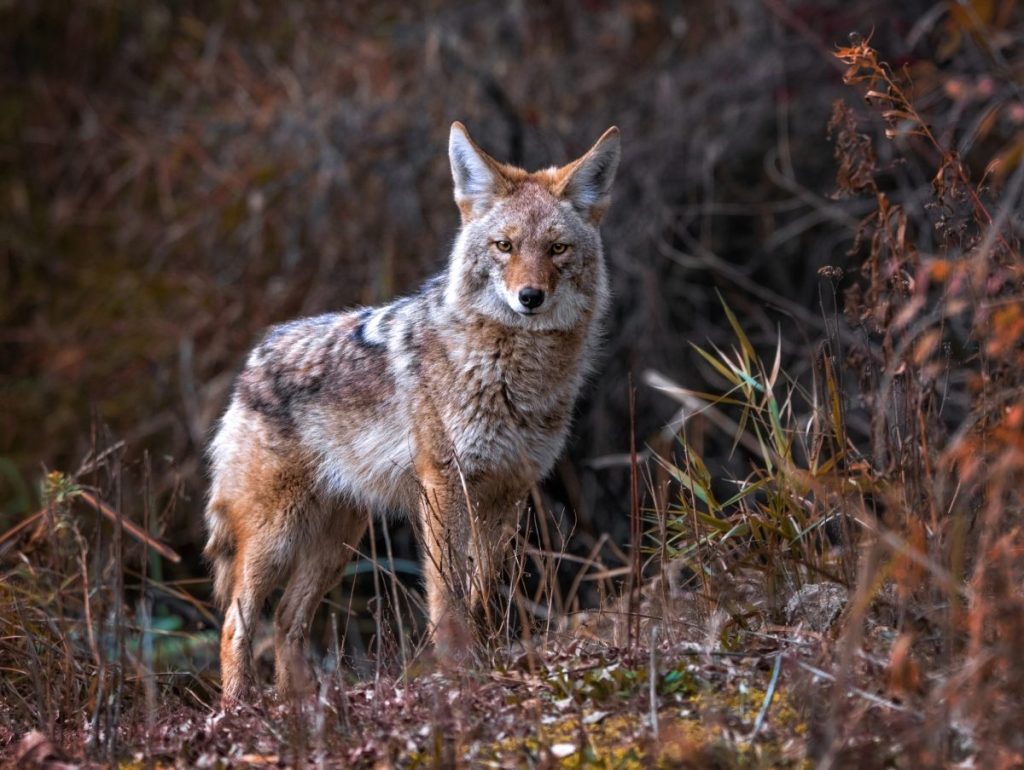As humans spread into coyote habitats with their pets more and more, the odds of encounters between dogs and coyotes skyrocket. These encounters can be deadly, especially for small dogs who make for easy prey. Humans are good sources of garbage and food, which can attract coyotes, too.
Late January through early March is







